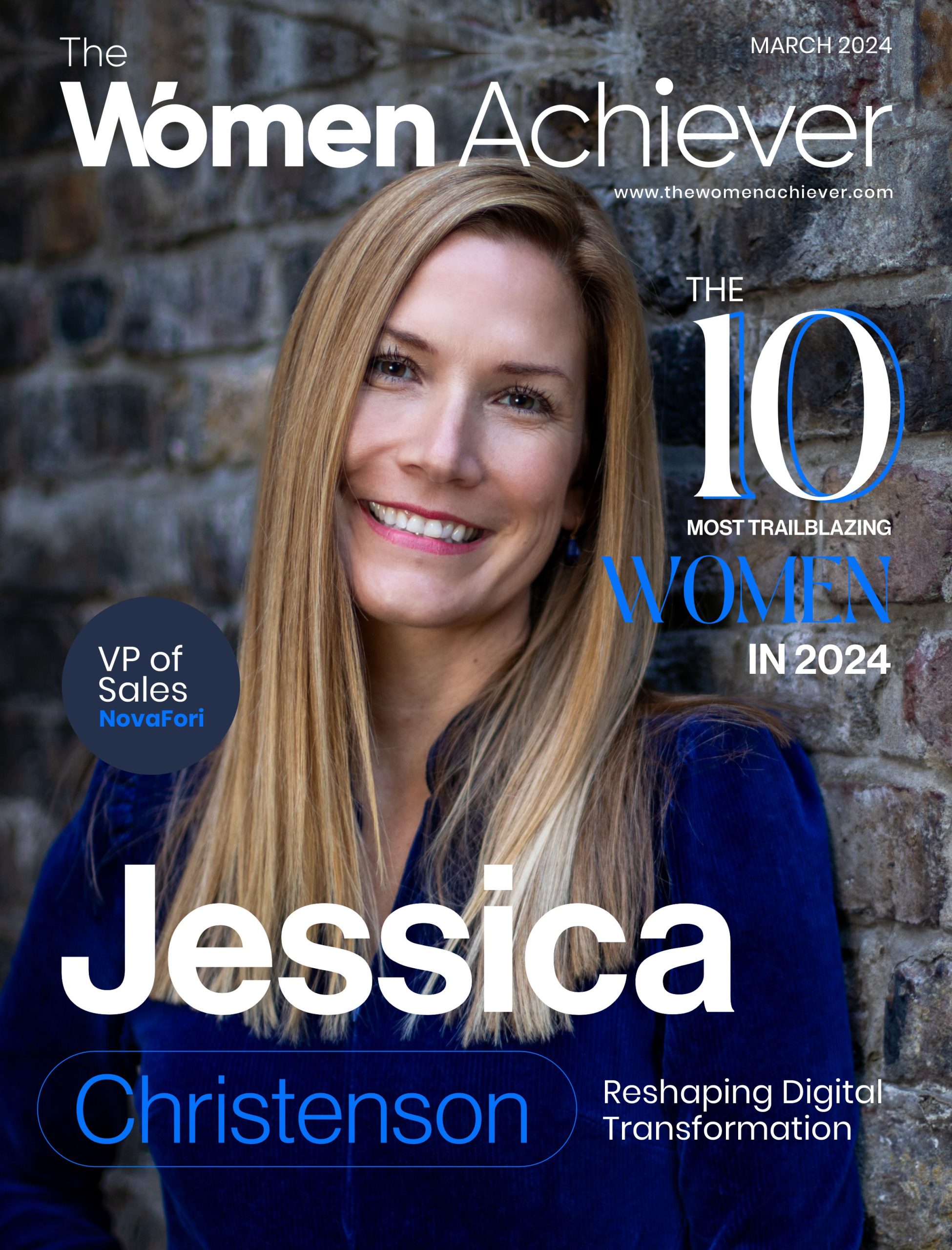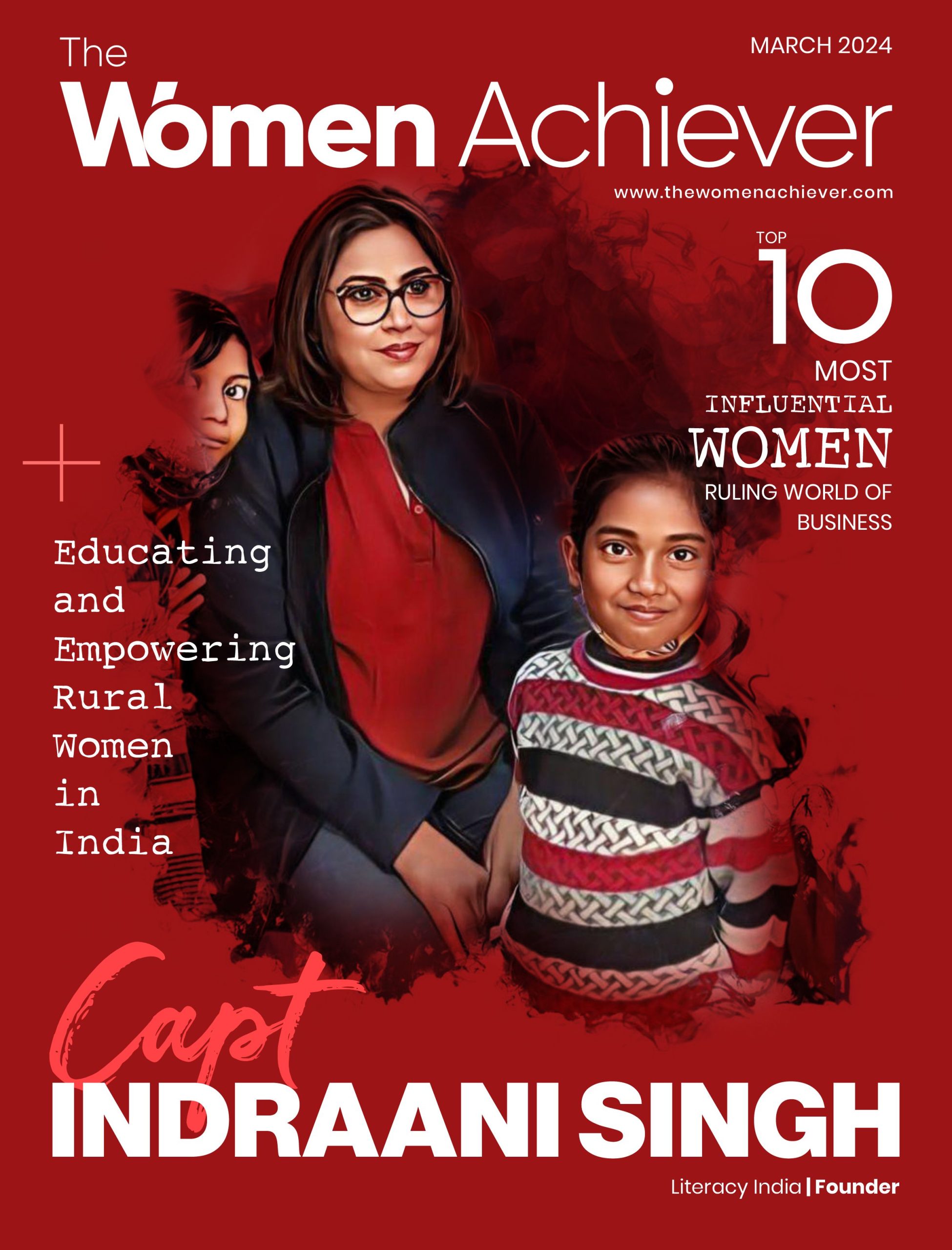Diversity recruiting strategy for a diverse and inclusive workforce to eliminate gender gap
Cultivating a diverse and inclusive workforce is key to forward-thinking corporate strategies in today’s dynamic workplace. To enhance your diversity recruiting strategy, this article sets off on an enlightening trip by introducing ten effective techniques. These findings provide a road map for luring top talent and creating an atmosphere that values creativity, empathy, and respect as organizations work to harness the power of diverse viewpoints, experiences, and backgrounds.
By exploring these tactics, we can create a future for recruitment and, beyond that, is more promising and egalitarian.
1. Make Inclusive Job Descriptions a Priority
The language used in job descriptions is crucial to an effective diversity recruiting strategy. Inclusive postings must be created to increase the talent pool and remove obstacles that might deter underrepresented candidates. Prioritize essential abilities and credentials over onerous requirements. A diverse applicant pool is fostered via succinct, clear job descriptions emphasizing the company’s commitment to diversity.
2. Increase Outreach Initiatives
Organizations must vary their recruitment channels to capitalize on the enormous potential of varied talent. Reach is greatly increased by collaborating with colleges, groups, and specialized websites for minority candidates. Participating in focused job fairs, workshops, and networking events is equally effective. Utilizing these channels increases the possibility of finding people with unique viewpoints, abilities, and backgrounds.
3. Independent Application Review
Unconscious biases can taint the first stages of recruitment. The playing field is leveled by implementing blind recruitment techniques, such as removing personal identifiers like names and photographs from preliminary assessments. This makes sure that just qualifications are used to evaluate candidates. This procedure is streamlined by using software that anonymizes applications, improving fairness and evaluation integrity.
4. Multicultural Interview Panels
Interviews are essential for choosing candidates. Creating diverse interview panels reduces bias and communicates a commitment to diversity. Different interviewees contribute different viewpoints to assessments, minimizing potential bias. Organizations with variety at all levels of operation are drawn to underrepresented candidates, a sign of sincere inclusivity.
5. Resource Groups for Employees
Employee resource groups (ERGs) promote community and belonging among a varied workforce. By networking, mentoring, and support, ERGs increase retention rates and job satisfaction. They represent the company’s commitment to diversity initiatives by serving as ambassadors to prospective employees.
6. All-Inclusive Onboarding
Maintaining diverse hires requires a flawless onboarding process. Adapt onboarding to meet different needs. Integration is improved by networking possibilities, removing cultural barriers, and mentoring. Positive energy is set for tenure with an inclusive onboarding.
7. Training on Diversity for Hiring Managers
The hiring manager has a say in the hiring process. They receive diversity training to help them identify and combat biases. This encourages an egalitarian employment process by empowering impartial, fair decisions. The integration of variety is ensured via ongoing training, which reinforces fundamentals.
8. Flexible Work Schedules
Flexible working conditions draw talent from all backgrounds. Options like remote work, flexible hours, or shorter workweeks can meet different demands. This accommodation is essential for people with family responsibilities, impairments, or other situations.
9. Audits for Equal Pay
Fairness and openness in compensation are essential. Regular equal pay audits find and correct racial or gender-based discrepancies, attracting candidates and enhancing employee confidence.
10. Regular Assessment and Improvement
Evaluation is essential to a diversity policy that is evolving. Effectiveness is measured by applicant demographics, hiring rates, and employee satisfaction. Data analysis identifies areas that need work. Changing tactics keeps work coordinated and responsive.
Facilitating a Transformational Shift
The adoption of these tactics demonstrates a dedication to an inclusive workplace. Diverse perspectives, skills, and experiences are essential for succeeding in today’s globalized business environment. The importance of diversity increases as the landscape changes. Diversity is a strong recruiting point because it attracts top talent and paves the way for an inclusive, innovative future.










Add comment